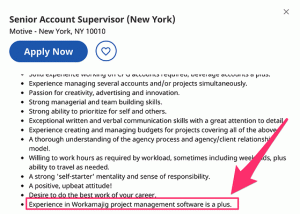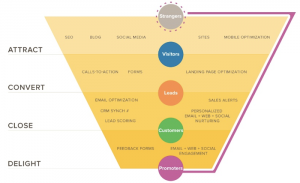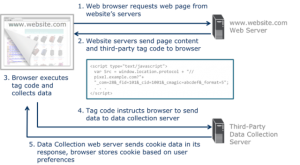
Sales executive Marie Warner said in an article:
“A major complaint of both novice and senior reps…is that their territories are repeatedly changed once they have invested time in fostering important customer relationships.”
The continuous fight against employee disengagement is proving a success, as a Gallup study published the engagement numbers for February 2015 as the highest recorded in the last three years. This promising statistic is a message to business leaders to continue the strategies that are fostering a sense of meaning for employees in order to continue this trend. One way for managers of field teams to do this is by implementing a consistent and effective territory management. Here’s how strategic territory management can address two chronic causes of disengagement: lack of recognition and poor management.
1. Recognition
According to a USP business development study, “lack of recognition” was identified as a top cause of employee disengagement. Reps want to demonstrate their unique client-relationship development skills and have those efforts recognized by management. A territory plan that constantly interrupts the building of rep-client relationships discourages reps from devoting energy to their clients, because they know that effort will not be appreciated once a new rep takes these clients on. The rearrangement of sales territories is inevitable, yet managers should only do so in times of critical need, such as adding new reps to meet demand or launching new product.
Field team managers struggling to develop lasting territories should consider aid from a Field Activity Management software solution. These tools enable field teams to collect and view critical data that can help draw more intelligent territory lines. Managers hoping to divide territories by categories like client profitability or geographic efficiency can use this feature to identify high-value clients. The insights into travel time and client value which field teams can gain from these tools will help managers pinpoint the best way to divide and develop lasting territories, allowing reps to be recognized for their hard work.
2. Management
A second major cause of disengagement identified in the USP study was “poor management.” While that is a general category, territory planning is a management responsibility that directly affects field reps. Inconsistent or poorly divided territories send a message to field reps that management is disorganized and disconnected from the challenges they face each day in the field. Poor territory decisions come in the form of assigning a rep to two geographically distant clients with no consideration for travel time or assigning a veteran rep to a low-value group of clients. It is critical for field team managers to be sensitive to the time constraints reps face as well as reps’ desire to exercise their full skill set with clients. Without visibility into these critical aspects of field rep work, managers will have a difficult time living up to their field reps’ expectations.
Managers dedicated to seeing more of what their reps see in the field should look into the solution mentioned above, Field Activity Management. The real-time GPS visibility that many of these software tools offer gives managers an idea of how long it takes for reps to travel from point A to point B, so that scheduling can be more intelligent and thoughtful. Additionally, some tools are able to show which reps consistently perform the best in categories like sales or client visits, so managers will know who to assign to high-value territories. Armed with this type of solution, managers will be able to intelligently mark territories and gain visibility into operational challenges, leaving room for reps to prosper and feel a part of a productive team.
(333)
Report Post






